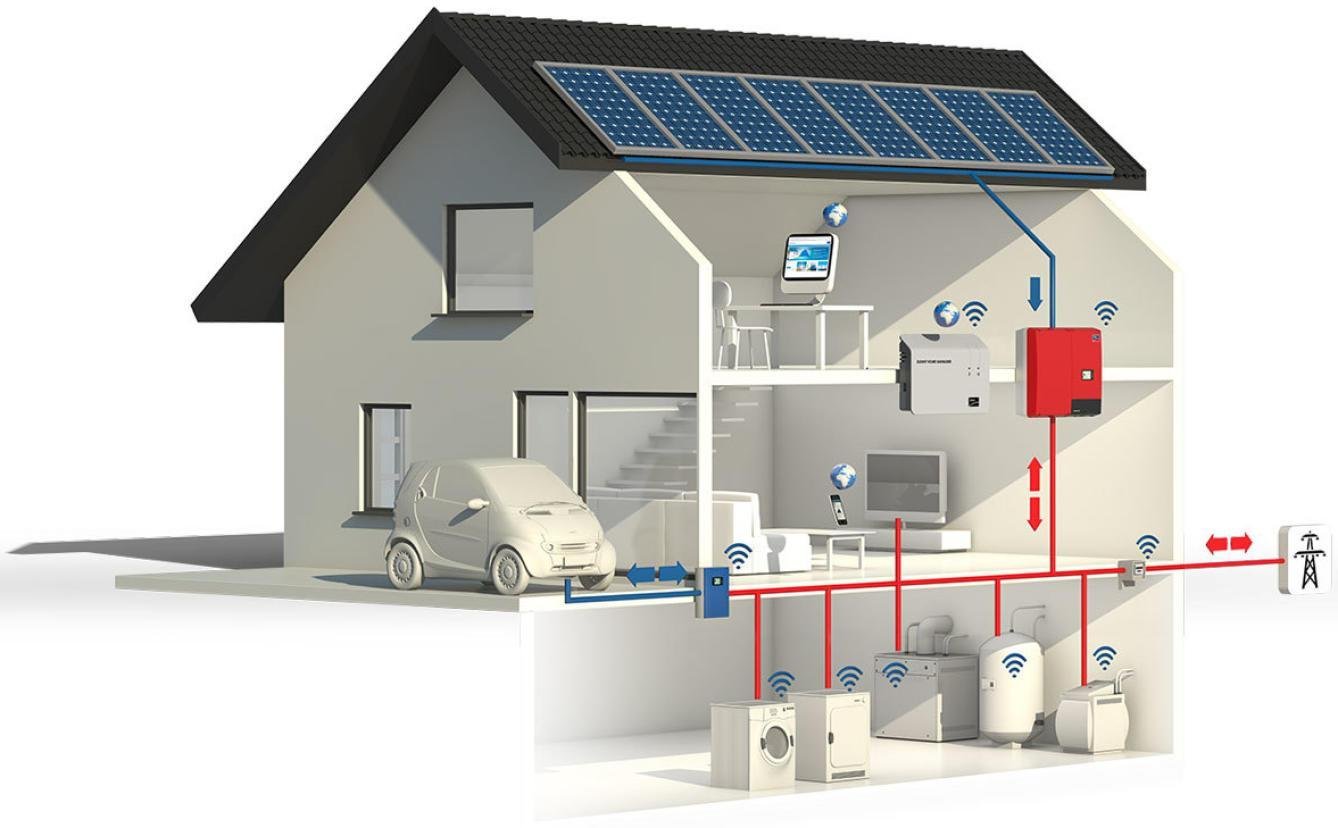
Battery series and parallel connection
Understanding Battery Series and Parallel Connection: A Comprehensive Guide
In today’s rapidly evolving world, batteries play a crucial role in powering various devices, from smartphones and laptops to electric vehicles and renewable energy systems. To meet the diverse energy demands, it is essential to understand the concepts of battery connections, particularly series and parallel connections. In this article, we will explore the mechanics, advantages, and applications of battery series and parallel connections, shedding light on how they optimize overall energy storage and distribution.
What solar panel do I need to charge a 12V battery?
Battery Series Connection: Enhancing Voltage
What is Battery Series Connection?
Battery series connection involves linking multiple batteries together, end-to-end, to increase the total voltage while maintaining a constant current capacity. The positive terminal of one battery connects to the negative terminal of the next battery, creating a chain-like configuration. As a result, the voltage of each battery adds up, providing a higher overall voltage.
Benefits of Battery Series Connection
- Voltage Boost: One of the primary advantages of series connection is the increased voltage. This is particularly useful when powering devices or systems requiring higher voltages than a single battery can provide.
- Application Flexibility: Series connections find applications in various fields, including electric vehicles, renewable energy systems, and uninterruptible power supplies (UPS).
Battery Parallel Connection: Expanding Capacity
What is Battery Parallel Connection?
Battery parallel connection involves connecting multiple batteries side by side, with all positive terminals linked together and all negative terminals connected similarly. By doing so, the total current capacity of the battery bank increases while maintaining a constant voltage output.
Benefits of Battery Parallel Connection
- Enhanced Capacity: Parallel connection offers increased energy storage capacity, making it suitable for devices and applications requiring extended operating hours or high power demands.
- Redundancy and Reliability: In scenarios where a single battery may fail, parallel connections can ensure uninterrupted power flow by distributing the load across the remaining batteries.
Combining Series and Parallel Connection
Now that we have explored the advantages of series and parallel connections, it is essential to understand how these connections can be combined to maximize the benefits.
Series-Parallel Connection
Series-parallel connection is a hybrid configuration that combines both series and parallel setups. Batteries are grouped in series first to increase voltage, and then these series-connected groups are combined in parallel to enhance capacity. This offers the advantages of both increased voltage and capacity.
Applications of Series-Parallel Connection
- Electric Vehicles: Series-parallel connections are commonly used in electric vehicles to achieve the required voltage and capacity for efficient performance.
- Renewable Energy Systems: This connection scheme is prevalent in solar and wind energy storage systems, optimizing energy utilization.
Conclusion
Understanding battery series and parallel connections is essential for optimizing energy storage and distribution in various applications. Series connections boost voltage, while parallel connections enhance capacity. By combining both series and parallel setups, the series-parallel connection offers a well-rounded solution for demanding applications like electric vehicles and renewable energy systems. When designing battery configurations, it is crucial to consider the specific requirements of the target application to harness the full potential of these connection methods and ensure efficient and reliable power delivery.






